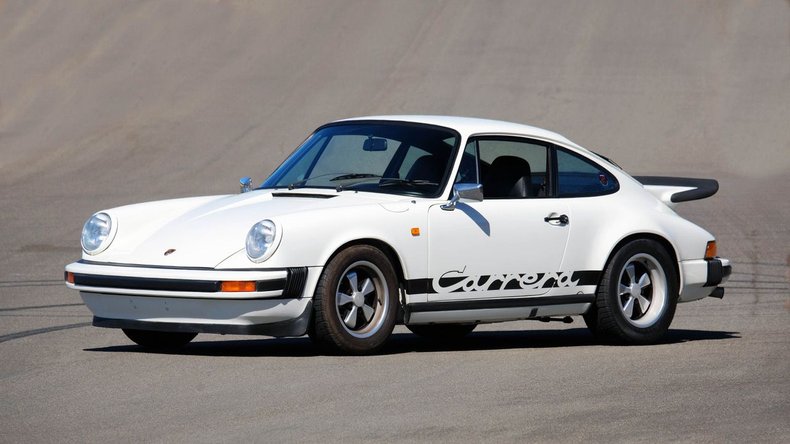Is a classic wagon more your style, but you want to keep up with modern traffic? The BMW E6 Touring offers a unique look coupled with timeless style that will help to set you apart. They’re a favorite of mine for sure. But this one has ditched the original configuration and gone for a more modern stance with E30-sourced engine, wheels and a modern interior for a different type of resto-mod Touring. Does it stand the test of time?
Tag: Rare
After just covering Ryan Snodgrass’s excellent Carrera 2.7 history, I thought it would be fun to look at a 1:1 scale example. As I mentioned in the book review, the impact bumper cars replaced the long hood design for 1973. Porsche carried over much of what had made the 911 Carrera RS great in the new G-Body Carrera 2.7. The suspension and 911/83 engine were largely unchanged and though the appearance was updated, it was still the same unmistakably Porsche silhouette. Out of roughly 198,500 G-Body 911s, a total of 1,633 of these ‘Euro Carreras’ were produced and like all things air-cooled, they’re not exactly cheap today. But given that the look and experience is most of what the classic RS was, they’re a whole lot more affordable:
CLICK FOR DETAILS: 1975 Porsche 911 Carrera MFI on eBay
3 CommentsThough not as familiar as Alpina, Hartge was another tuner who took BMWs to a higher level. Starting in the early 1970s, they similarly modified cars with higher output motors, special suspension and body kits, and even eventually their own wheel line. In 1985 Hartge was granted special production status in Germany, but their volume never approached that of their rivals. As a result, it’s a bit of a special treat anytime a fully modified Hartge turns up.
The E30 Hartge range was fairly similar to Alpina’s C and B range, with designations associated with their engine displacement. From the 170 horsepower H23 to the 210 horsepower H27, tuned versions of the M20 were employed – some with unique individual throttle bodies, bespoke exhaust manifolds and camshafts, and other trick items. But Hartge also stuck the M30 in the chassis, creating this car – the H28 – and an even more potent H35. The H28 was rated at 210 horsepower – a 70 horsepower upgrade from the stock 323i on which the car was based – and also was met with upgraded suspension, differential, wheels and tires, brakes and body kit. Like Alpina, you could buy many of these parts piecemeal from authorized sellers, making fully modified factory Hartges quite rare:









